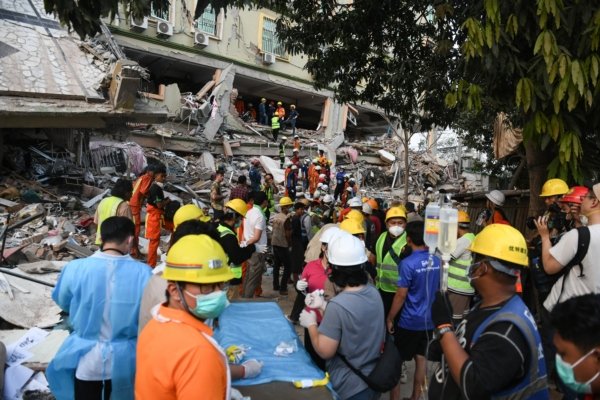A powerful 7.7-magnitude earthquake struck near the central Burmese city of Mandalay last Friday, March 28, followed by a 6.4-magnitude aftershock just minutes later. The disaster has already resulted in thousands of casualties. Despite assistance from the international community pouring in, the destruction of vital infrastructure such as bridges, roads, airports, and railways in the disaster area has significantly hindered rescue efforts, potentially leading to a further rise in the death toll.
Reports from various media outlets have highlighted the immense impact and devastation caused by the earthquake in Myanmar, not only causing extensive building collapses but also severely damaging the country’s airports and other essential infrastructure. Even the control tower of the airport in the capital, Naypyidaw, was destroyed. Communication within the country remains unstable, local hospitals are overwhelmed, and some communities are struggling to carry out rescue operations with limited resources. Coupled with ongoing civil conflicts that have crippled the country’s economy, the authorities are now facing a dire post-disaster situation.
According to state-run media in Myanmar, the earthquake has claimed over 1,700 lives in the country so far, with at least 18 people reported dead in neighboring Thailand. However, according to predictive models from the United States Geological Survey, the final death toll in Myanmar may surpass ten thousand, with total losses potentially exceeding the country’s annual gross domestic product.
On Sunday, March 30, the World Health Organization declared the earthquake in Myanmar as a level three emergency, issuing an urgent appeal for donations. The organization expressed concerns over Myanmar’s limited capacity in performing surgical procedures, the vast number of casualties in the disaster area facing high risks of infections and complications, and the country’s fragile medical resources, which could heighten the risks of outbreaks of waterborne and foodborne diseases.

